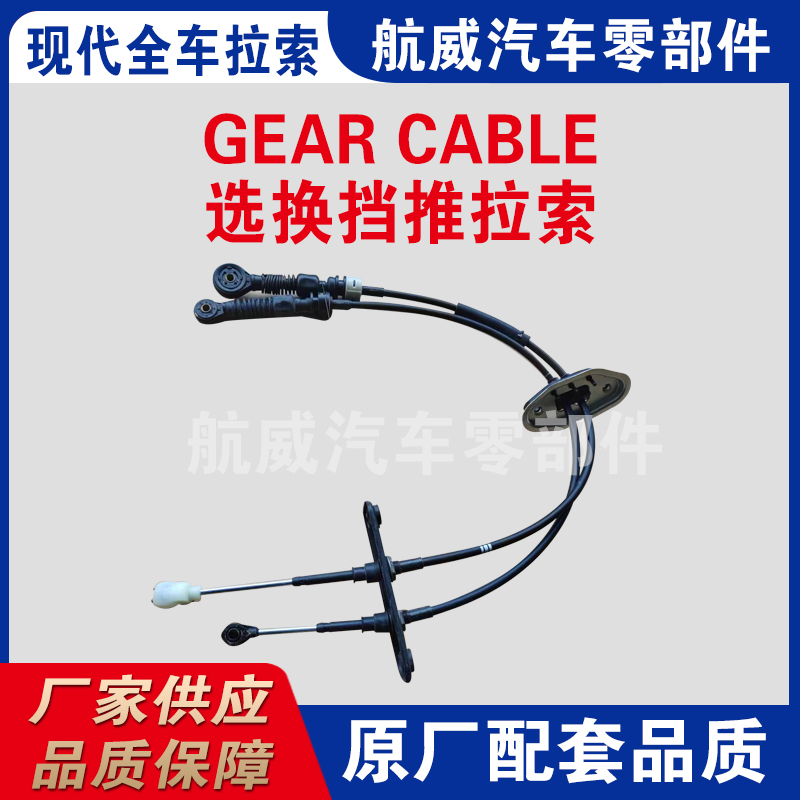Understanding the Functionality and Mechanics of Cable-Driven Throttle Pedals in Vehicles
The Importance of Cable Throttle Pedals in Modern Vehicles
In the ever-evolving landscape of automotive technology, the throttle system plays a crucial role in ensuring optimal vehicle performance and driver control. Among the various types of throttle systems, the cable throttle pedal remains a significant choice for many vehicles, particularly in the realm of internal combustion engines. Understanding the functionality, advantages, and disadvantages of cable throttle pedals can shed light on their importance in modern automotive design.
What is a Cable Throttle Pedal?
A cable throttle pedal is a mechanical system that connects the vehicle's accelerator pedal to the throttle body via a flexible cable. When the driver presses the accelerator pedal, the cable pulls on the throttle body, opening it to allow more air (and consequently more fuel) into the engine, thus increasing power output. This direct mechanical linkage has been a staple in automotive engineering for decades, offering a simple yet effective method of controlling engine performance.
Advantages of Cable Throttle Pedals
One of the primary benefits of cable throttle pedals is their straightforward design and ease of maintenance. With fewer electronic components involved, the risk of malfunctions due to electrical failures is minimized. This simplicity often translates to lower manufacturing costs and easier repairs, which can be particularly beneficial for older vehicles or those aimed at budget-conscious consumers.
cable throttle pedal

Another advantage of cable throttle pedals is the driver feedback they provide. The mechanical connection allows for a tactile response that many enthusiasts appreciate. Drivers often report that cable-operated throttles offer a more engaging driving experience, with a distinctive feeling of control. This can enhance the connection between the driver and the vehicle, making for a more enjoyable and responsive driving experience.
Disadvantages of Cable Throttle Pedals
Despite their advantages, cable throttle pedals have some drawbacks. One of the most significant issues is their susceptibility to wear and tear. Over time, the cable can fray or stretch, leading to a reduction in performance and potentially causing throttle lag or failure. Regular maintenance checks are necessary to ensure the cable remains in good condition, which can be seen as a drawback compared to more modern electronic throttle control systems.
Additionally, as vehicles continue to advance towards electronic and hybrid technologies, cable throttle systems are becoming less common. Many modern vehicles now utilize drive-by-wire systems, which replace the mechanical linkage with electronic signals. This transition allows for more precise control of the throttle, enhances fuel efficiency, and can incorporate features such as adaptive cruise control and traction management that are not possible with traditional cable systems.
Conclusion
In conclusion, cable throttle pedals represent a critical aspect of many vehicles, particularly those with internal combustion engines. Their simplicity, cost-effectiveness, and driver engagement make them a viable choice for specific applications and markets. However, as technology progresses, the automotive industry is witnessing a gradual shift towards electronic throttle systems that offer enhanced performance and safety features. While the cable throttle pedal may be less prominent in the future, its legacy as a foundational component of automotive engineering will always be recognized. As vehicle technology continues to evolve, enthusiasts and manufacturers alike will need to navigate the balance between tradition and innovation in the quest for optimal driving experiences.
-
Upgrade Your Control with Premium Throttle CablesNewsAug.08,2025
-
Stay in Control with Premium Hand Brake CablesNewsAug.08,2025
-
Experience Unmatched Performance with Our Clutch HosesNewsAug.08,2025
-
Ensure Safety and Reliability with Premium Handbrake CablesNewsAug.08,2025
-
Enhance Your Vehicle with High-Performance Clutch LinesNewsAug.08,2025
-
Elevate Your Ride with Premium Gear CablesNewsAug.08,2025
